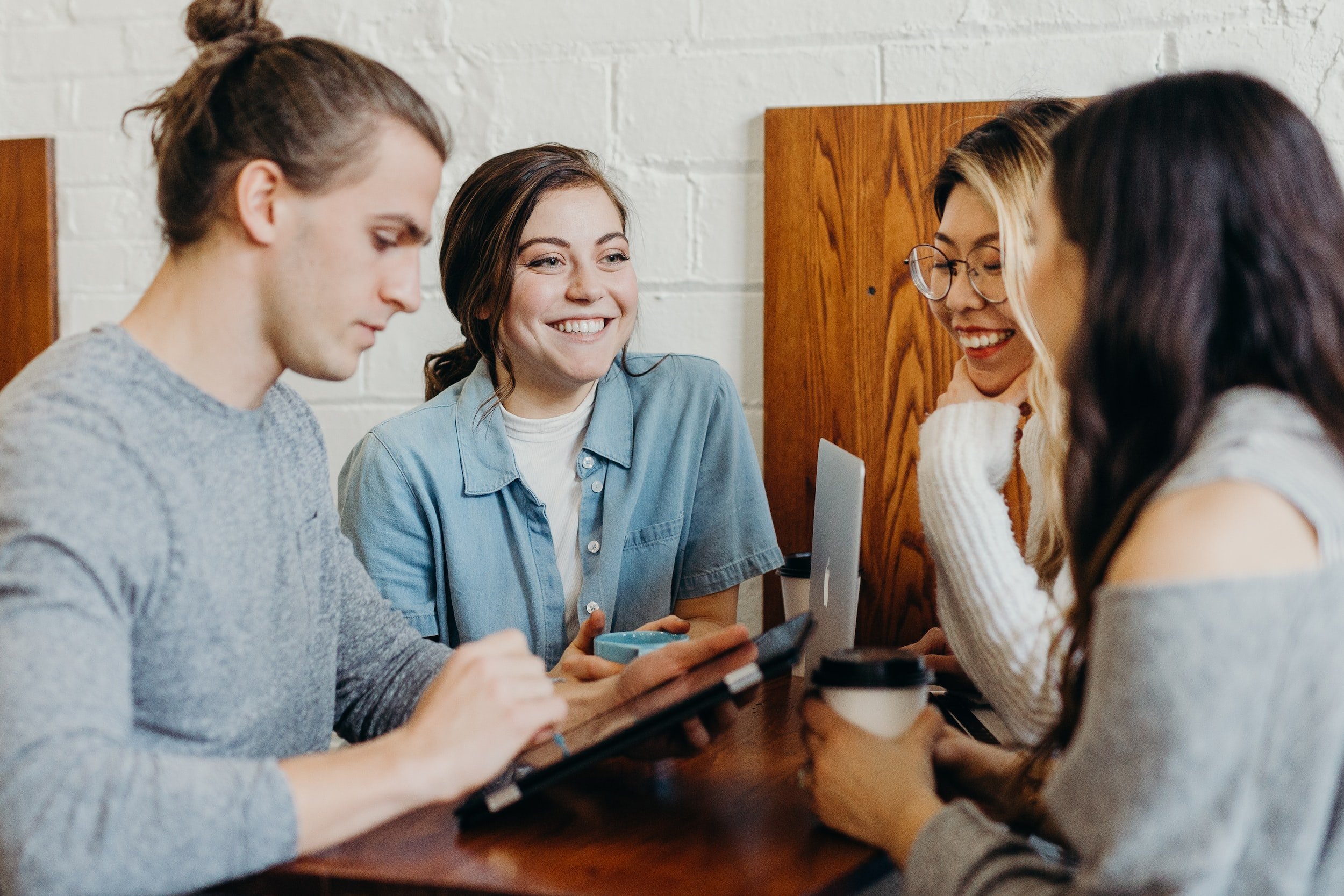Have you ever agreed to do something and then later regretted saying “yes”? Maybe you felt miserable attending an event or hanging out with a friend but felt too bad to say “no.” In today’s world, there is a pressure to be busy and say “yes” to everything and everyone due to our intrinsic desire to be socially accepted. Saying “no” is not ingrained in us from a young age, though learning to say “no” in the appropriate situations allows for freedom and control over our personal lives, our personal time, and our boundaries while also giving us the space to increase our confidence.
Learning to effectively say “no” is hard. It takes time, patience, and practice. Although there are hundreds of ways to effectively say “no,” we will start with some basic practices and steps to increase your confidence is saying “no.”
The first step in effectively learning to “no” is to explore why you fear saying “no.” We may fear rejection, we may fear missing out, we may fear the uncertainty surrounding other’s reactions, or we may fear letting someone down. Saying “no” may come off aggressive, harsh, or even mean. There also may be unpleasant physical feelings that come up when you say “no” to someone. Check in with your body - does your chest tighten up? Do you feel uncomfortable in one part of your body when saying “no”? Do you experience symptoms of anxiety when saying “no”? Checking in with your body is an important task, especially when you are doing something that is out of your comfort zone (like saying “no!”).
Another important step in learning to say “no” is to explore past experiences. Would you describe yourself as a people-pleaser? Someone who always strives to make others happy? These identities may be rooted in your childhood experiences and according to attachment theory, may impact your relationships as an adult. Neglect from parents may have caused us to go out of our way to please others around us, seeking attention and praise from anyone. While others may have experienced praise by their parents when they were helpful, completed chores, or even played unhealthy roles within the family system. As a result of our childhoods, some of us may feel obligated to say “yes” as it is what we were taught. This can result in feeling the desire to please others, and often this is achieved by saying “yes.”
Two additional ways to effectively learn to say no include assessing the situation and practicing saying no. When assessing the situation, allow yourself to make an informed decision. You would never buy a car without first doing your due diligence - think of situations in this similar way. Allow yourself time to assess what you are saying “yes” or “no” to. You can ask questions to clarify. Practicing can also benefit you, especially if saying “no” causes anxiety or stress. Practice in the mirror, in the shower, or even in the car.
So, you have mastered saying “no;” let’s explore the benefits of doing such!
Saying “no” increases your confidence. When you routinely step out of your comfort zone and do things that make you feel uncomfortable, it helps build your confidence in overcoming bigger obstacles.
Saying “no” gives you freedom. When you say “no” and respect your boundaries, you give yourself the freedom to do what you want to do with your time. This extra time can be spent practicing self-care, achieving your goals, or recharging yourself. Saying “no” makes you a priority.
October is not often a time that people set new resolutions, but with the year coming to end, how could these last few months (especially around the holidays) be better spent by learning to say “no?”
If you find yourself saying “yes” when you ought to be saying “no” or you feel trapped in a cycle of people pleasing, we are here and available to help you move to where you want to be. If you would like someone to walk with you to help identify where you learned to say yes when you would like to say no, we are here for you.





